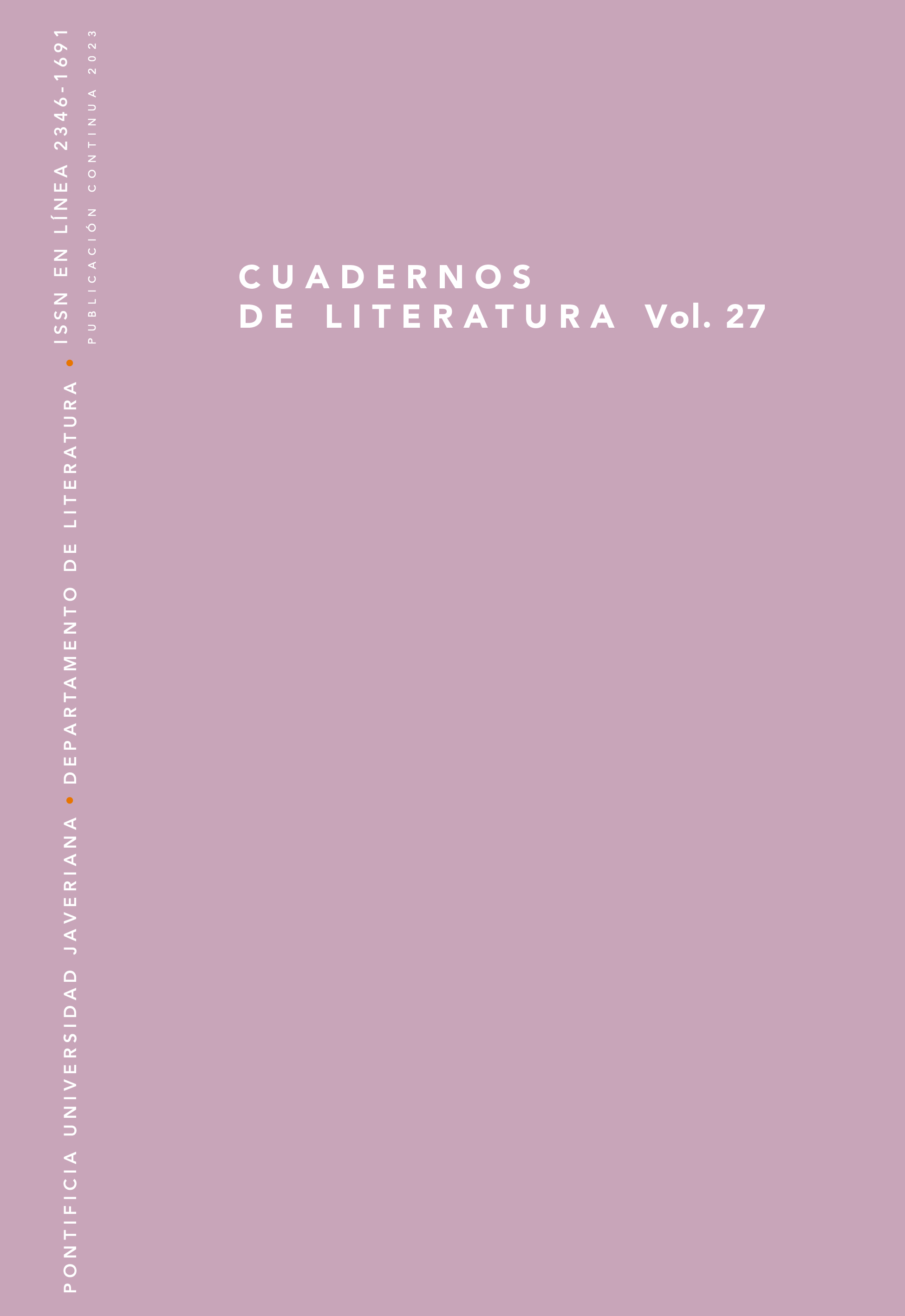Abstract
In this article, I analyze the insertion of sound technologies in the artistic production of the estridentistas in Mexico. Through the analysis of poems and manifestos by Manuel Maples Arce, paintings and prints by Fermín Revueltas, Ramón Alva de la Canal, and Fernando Bolaños Cacho, as well as the photographic work of Tina Modotti, I present a historical reconstruction of the tensions between the visual and the sonic registers in the estridentista art. I contend that this tension between the visual and the sonic arenas corresponds to the encounter of the influence of European futurism and the modernizing trends of Mexico after the Revolution. Furthermore, I argue that the dialogue between sound and images traces a reconfiguration of the modern Mexican city, not in terms of how it looks to the audience’s eye, but in terms of how it sounds and communicates with the rest of the world, mainly throughout Hertzian waves.
Alva de la Canal, Ramón. Estación de radio para Estridentópolis. 1926. Linóleo. Colección privada.
Bolaños Cacho, Fernando. Sin título. 1923. Grabado. Museo Nacional de Arte, Conaculta, INBA.
Caplow, Deborah. Leopoldo Méndez: Revolutionary Art and the Mexican Print. Universitz of Texas Press, 2007.
Ettinger, Catherine. La Quinta Eréndira de Lázaro Cárdenas: De casa campestre a sede del CREFAL. Centro de Cooperación Regional para la Educación de Adultos en América Latina y el Caribe, 2021.
Flores, Tatiana. “Murales estridentes: Tensions and Affinities between Estridentismo and Early Muralism”. Mexican Muralism: A Critical History, editado por Alejandro Anreus, Leonard Folgarait, and Robin Adèle Greeley. University of California Press, 2012, pp. 106-24.
Flores, Tatiana. Mexico’s Revolutionary Avant-Gardes. Yale University Press, 2013. Gallo, Rubén. “Maples Arce, Marinetti and Khlebnikov: The Mexican Estridentistas in Dialogue with Italian and Russian Futurisms.” Revista Canadiense de Estudios Hispánicos 31.2 (Invierno 2007): 309-24.
Gallo, Rubén. “Poesía sin hilos: Radio y vanguardia”. Revista Iberoamericana, vol. 221, octubre-diciembre, 2007, pp. 309-324.
Gallo, Rubén. Mexican Modernity: The Avant-Garde and the Technological Revolution. MIT Press, 2005.
Gálvez, Felipe. “Cincuenta años nos contemplan desde las antenas radiofónicas”. Comunidad, vol. 46, 1973, pp. 733-742.
Jitrik, Noé. “El estridentismo y la obra de Manuel Maples Arce”. Literatura Mexicana, vol. 4, 1993, pp. 27-63.
Klich, Lynda. “Estridentópolis: Achieving a Post-Revolutionary Utopia in Jalapa”. The Journal of Decorative and Propaganda Arts, vol. 26, 2010, pp. 102-27.
Klich, Lynda. “Estridentismo’s Technologies: Modernity’s ‘Efficient Agents’ in Post-revolutionary Mexico”. Technology and Culture in Twentieth-Century Mexico, editado por Aracely Tinajero y Brian Freeman, Tuscaloosa, University of Alabama Press, 2013, pp. 263-282.
List Arzubide, Germán. El movimiento estridentista. Ediciones de Horizonte, 1926.
Maples Arce, Manuel. Andamios interiores. Poemas radiofónicos. Cvltura, 1922.
Maples Arce, Manuel. “El espíritu nuevo”. Crisol, vol. 30, junio, 1931, pp. 413-17.
Maples Arce, Manuel. Las semillas del tiempo: Obra poética 1919-1980. Editador por Rubén Bonifaz Nuño. Fondo de Cultura Económica, 1981.
Maples Arce, Manuel. Vrbe, superpoema bolchevique en cinco cantos. Andrés Botas e hijo, 1924. Marinetti, Filippo Tommaso. Scritti francesi. Milano: Mondadori, 1983.
Marinetti, Filippo Tommaso. Zang Tumb Tumb. Adrianopoli ottobre 1912. Parole in libertà. Cesare Cavanna, 1914.
Marinetti, Filippo Tommaso. “Fondazione e manifesto del futurismo”. Le Figaro (Paris), 20 Feb 1909. Il Futurismo, en Mario Verdoni. Tascabili Economici Newton, 1994, pp. 83-86.
Marinetti
Cortés, Zoila. ¿Estridentópolis? Acercamiento a la ciudad moderna y a su ser urbano desde la vanguardia. 2014. Universidad Autónoma Metropolitana, Tesis de maestría. https://core.ac.uk/download/pdf/289121165.pdf
Méndez, Leopoldo. Radio-concierto por dementes de la Castañeda. 1932. Xilografía. Fotografía de Pablo Méndez.
Modotti, Tina. Líneas telefónicas. Ca. 1925. Colección Fototeca Nacional. https://mediateca.inah.gob.mx/islandora_74/islandora/object/fotografia%3A53561
Mora, Francisco Javier. El ruido de las nueces: List Arzubide y el estridentismo mexicano. Publicaciones de la Universidad de Alicante, 1999.
Ortiz Domínguez, Efrén. “Estridentópolis en el ensueño vanguardista: la ciudad del futuro en el imaginario poético y crítico mexicanos”. Texto crítico, vol. 26, 2010, pp. 83-89.
Prieto González, José Manuel. “El estridentismo mexicano y su construcción de la ciudad moderna a través de la poesía y la pintura”. Scripta Nova. Revista Electrónica de Geografía y Ciencias Sociales, vol. 16, núm. 398, 2012, pp. 741-798. http://www.ub.es/geocrit/sn/sn-398.htm
Rashkin, Elissa J. The Avant-Garde and Cultural Change in the 1920s: The Stridentist Movement in Mexico. Lexington Books, 2009.
Revueltas, Fermín. Puerto. 1921. Óleo sobre tela. Colección Pascual Gutiérrez Roldán, Palacio de Bellas Artes.
Revueltas, Fermín. Andamios exteriores. 1923. Acuarela. Museo Nacional de Arte, Conalcuta, INBA.
Revueltas, Fermín. Paisajes con líneas de alta tensión. 1924. Acuarela. Museo Nacional de Arte, Conaculta, INBA.
Schwartz, Jorge. Las vanguardias latinoamericanas. Textos programáticos y críticos. Trad. Estela dos Santos. Cátedra, 1991.
Vasconcelos, José. La raza cósmica. Porrúa, 2012.
Zaramella, Enea. “Estridentismo and Sonido Trece: The Avant-garde in Post-Revolutionary Mexico”. International Yearbook of Futurism Studies, Futurism in Latin America, 2017, pp. 3-28.
Cuadernos de Literatura is registered under a Creative Commons Attribution 4.0 International Public License. Thus, this work may be reproduced, distributed, and publicly shared in digital format, as long as the names of the authors and Pontificia Universidad Javeriana are acknowledged. Others are allowed to quote, adapt, transform, auto-archive, republish, and create based on this material, for any purpose (even commercial ones), provided the authorship is duly acknowledged, a link to the original work is provided, and it is specified if changes have been made. Pontificia Universidad Javeriana does not hold the rights of published works and the authors are solely responsible for the contents of their works; they keep the moral, intellectual, privacy, and publicity rights.
Approving the intervention of the work (review, copy-editing, translation, layout) and the following outreach, are granted through an use license and not through an assignment of rights. This means the journal and Pontificia Universidad Javeriana cannot be held responsible for any ethical malpractice by the authors. As a consequence of the protection granted by the use license, the journal is not required to publish recantations or modify information already published, unless the errata stems from the editorial management process. Publishing contents in this journal does not generate royalties for contributors.


